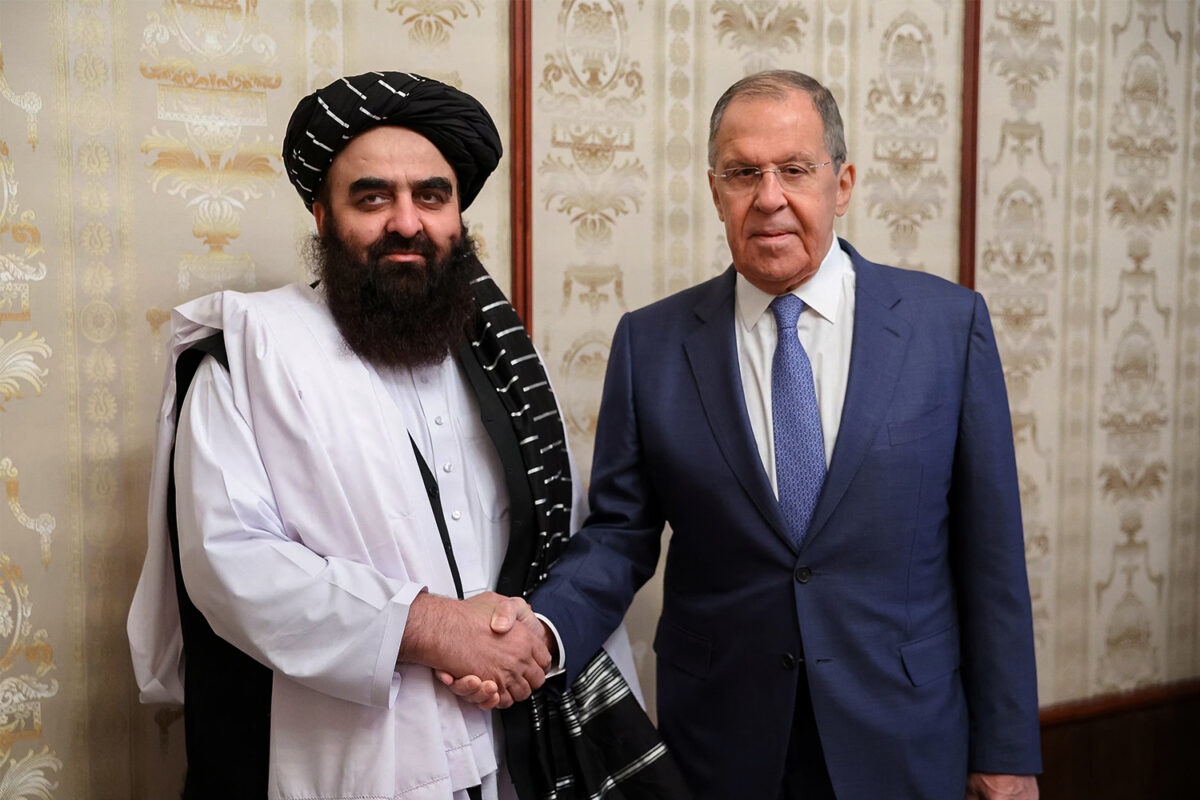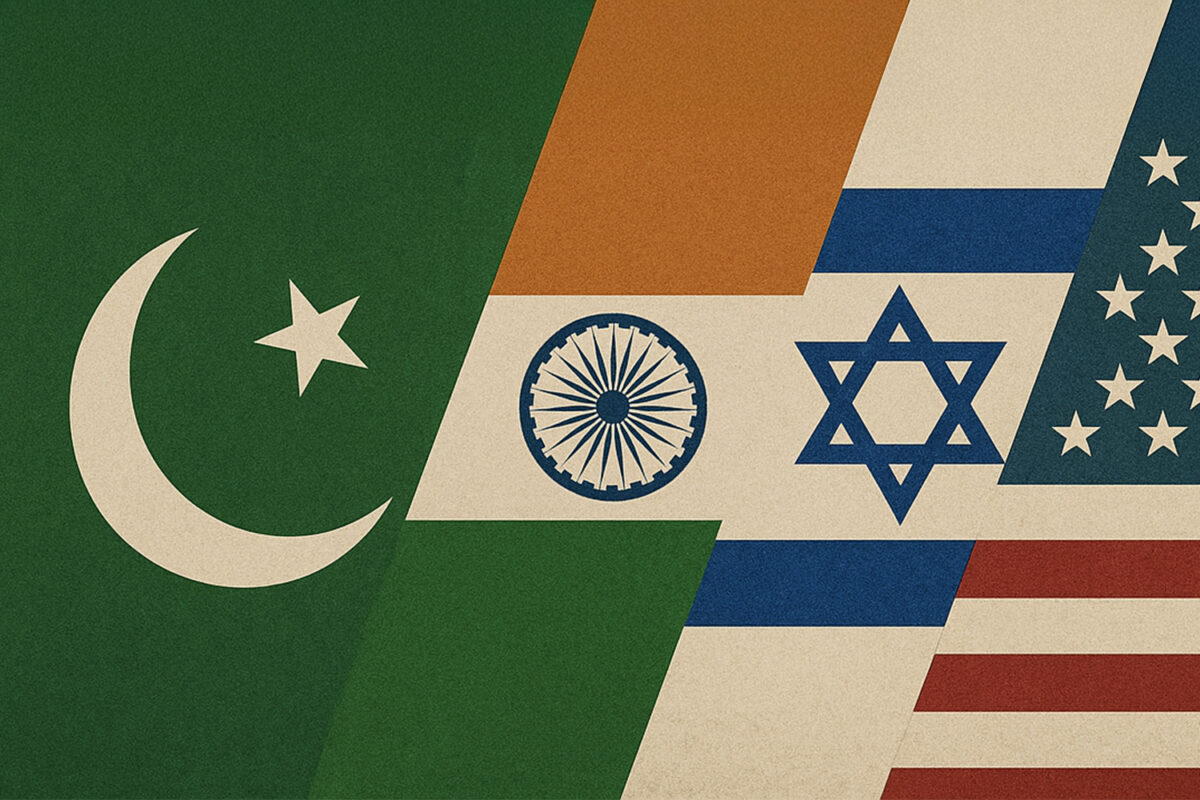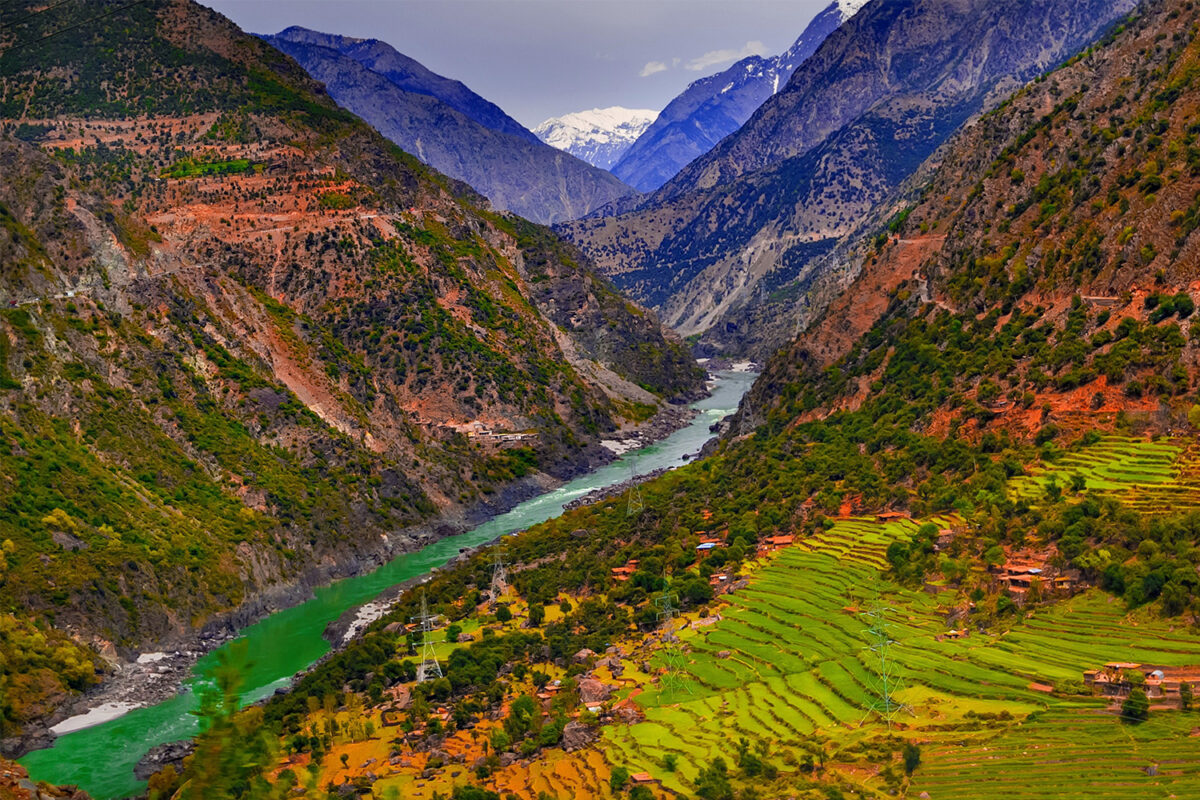Divorces are seldom amicable, but the one unfolding between the Taliban and Pakistan is particularly acrimonious. When Lieutenant General Faiz Hameed, then Director-General of Pakistan’s powerful Inter-Services Intelligence (ISI), arrived in Kabul in August 2021 and assured onlookers at the airport that “everything will be okay,” it was widely assumed that relations between Islamabad and the newly triumphant Taliban would remain close and cooperative for the foreseeable future. However, as the Taliban have matured in governance, relations with Pakistan have deteriorated markedly, while ties with India appear to be improving and deepening.
For the Taliban, Pakistan has proven to be an unreliable ally. Islamabad’s policy toward Afghanistan has historically been shaped by the strategic priorities of external powers, particularly the United States. When the Soviet Union invaded Afghanistan in 1979, the United States, eager to prevent Soviet access to the Indian Ocean and to avenge its humiliation in Vietnam, launched Operation Cyclone—a covert programme to arm and train Islamist insurgents. The United States required porous borders, training camps, and a call to jihad against the “atheist” Soviet invaders—all of which Pakistan’s military establishment readily provided.
Following the attacks of September 11, 2001, when the Taliban—successors to those very insurgents—refused to surrender Osama bin Laden, Pakistan’s political and military elites, fearing American retaliation, aligned themselves with Washington and abandoned their former allies. Yet, aware that the US presence in the region would be temporary, Pakistan’s military quietly maintained lines of communication with the Taliban while simultaneously profiting from the logistics chains that sustained American forces in Afghanistan.
For the Taliban, Pakistan has proven to be an unreliable ally
When the United States later required a “hammer and anvil” strategy to suppress the Afghan insurgency, Pakistan obliged by fencing sections of the Durand Line and launching military operations in its tribal areas. These operations, though partly stage-managed, resulted in significant civilian casualties and widespread destruction—particularly in the Bajaur and Wana regions. The backlash from these campaigns contributed to the emergence of the Tehrik-e-Taliban Pakistan (TTP), a coalition of militant groups opposed to the Pakistani state.
In its current form, the Taliban movement has become more nationalist than Islamist and more pragmatic than dogmatic. Consequently, it harbours a deep deficit of trust in Pakistan’s military and civilian leadership. The rise of General Asim Munir to the position of Chief of Army Staff has exacerbated these tensions. The Taliban leadership perceives Pakistan’s foreign policy not as driven by national interest, but by the personal ambitions of Munir and his inner circle—individuals who, in the Taliban’s view, prioritise courting American favour over protecting Pakistan’s regional standing.
In response, the Taliban have sought to diversify their external relations, reducing their historical dependence on Pakistan. Diplomatic engagements that were once mediated through Islamabad are now pursued independently, both with regional actors and directly with the United States.
The deterioration of relations between the Taliban and Pakistan marks a significant geopolitical realignment in South and Central Asia
At the core of the current discord lies the issue of the TTP. From Pakistan’s perspective, the Taliban have failed to uphold their commitment to prevent Afghan territory from being used to launch attacks against neighbouring states. Indeed, militant attacks on Pakistani security forces and civilian infrastructure have surged since the Taliban’s return to power in 2021. The Durand Line—an artificial colonial boundary whose legitimacy remains unrecognised by many Pashtuns—further complicates the matter. Islamabad views this rise in cross-border violence as a direct threat to its authority in Khyber Pakhtunkhwa and Balochistan.
The Taliban, however, regard the TTP as Pakistan’s domestic issue rather than their own. Any attempt to suppress the TTP would, they believe, undermine the ideological foundations of their own movement. Many within the Taliban’s rank and file view the TTP’s struggle as identical to theirs. The TTP supplied fighters to the Afghan Taliban during the two-decade war against U.S. and NATO forces, and its first leader was a member of the Haqqani network, whose senior figures now hold key positions in the Afghan government. The group has also pledged allegiance to the Taliban’s supreme leader, Sheikh Haibatullah Akhundzada, cementing a strong sense of fraternity between the two organisations.
For the Taliban’s leadership, a military campaign against the TTP would risk alienating their fighters and potentially driving disaffected members into the ranks of the Islamic State Khorasan Province (ISKP), which views the Taliban as apostates and has conducted numerous attacks against them. In essence, the TTP functions as the Taliban’s Pakistani counterpart, making decisive action against it both politically and ideologically untenable.
In this confrontation, both Afghanistan and Pakistan stand to lose. Despite shared ethnic, linguistic, and religious ties—predominantly among Pashtuns—and a mutually beneficial cross-border trade that sustains millions, their inability to manage bilateral relations weakens the security of both states.
Pakistan’s geographic realities compound its predicament. Access to Afghan airspace and territory is vital for maintaining its strategic deterrent against India. Most of Pakistan’s military installations lie within range of Indian missiles, and its desert terrain favours India’s larger armoured forces. Without secure western depth via Afghanistan, Pakistan’s capacity to counter Indian aggression is severely constrained. The need to deploy forces along both eastern and western borders further strains its already limited military resources.
the continued hostility between Kabul and Islamabad threatens regional stability, and risks plunging both nations into deeper insecurity
For Afghanistan, Pakistan offers the most direct and practical route to the sea—a prerequisite for sustained economic development. The alternative route through Iran, though viable, poses theological and political complications for the Sunni-dominated Taliban government.
In contrast, India and the United States have emerged as the principal beneficiaries of the rift. For India, deteriorating relations between Pakistan and Afghanistan reduce the threat of a united Islamic front challenging its regional influence. With ties to Bangladesh also fraying, New Delhi faced the prospect of simultaneous pressures from Pakistan, China, and Bangladesh. Improved relations with the Taliban ease this strategic dilemma.
For the United States, these hostilities present opportunities to advance its geopolitical interests across South Asia. In exchange for India’s compliance with sanctions on Russia and a stronger stance against China, Washington appears prepared to facilitate India’s renewed engagement in Afghanistan, this time in direct cooperation with the Taliban government.
The deterioration of relations between the Taliban and Pakistan marks a significant geopolitical realignment in South and Central Asia. What began as a patron-client relationship has evolved into a rivalry shaped by shifting alliances, competing national interests, and diverging ideological trajectories. The Taliban, once reliant on Pakistan for survival, now seek autonomy and legitimacy on the global stage. Pakistan, meanwhile, finds itself strategically constrained and diplomatically isolated.
While India and the United States may gain in the short term, the continued hostility between Kabul and Islamabad threatens regional stability, and risks plunging both nations into deeper insecurity. For lasting peace and prosperity in the region, both sides will need to move beyond mutual suspicion and reimagine their relationship based on shared values and principles.




